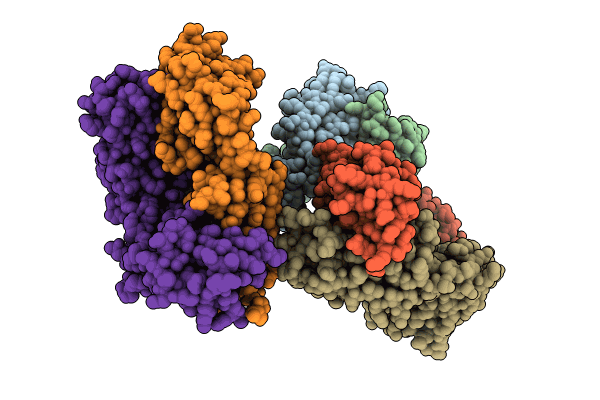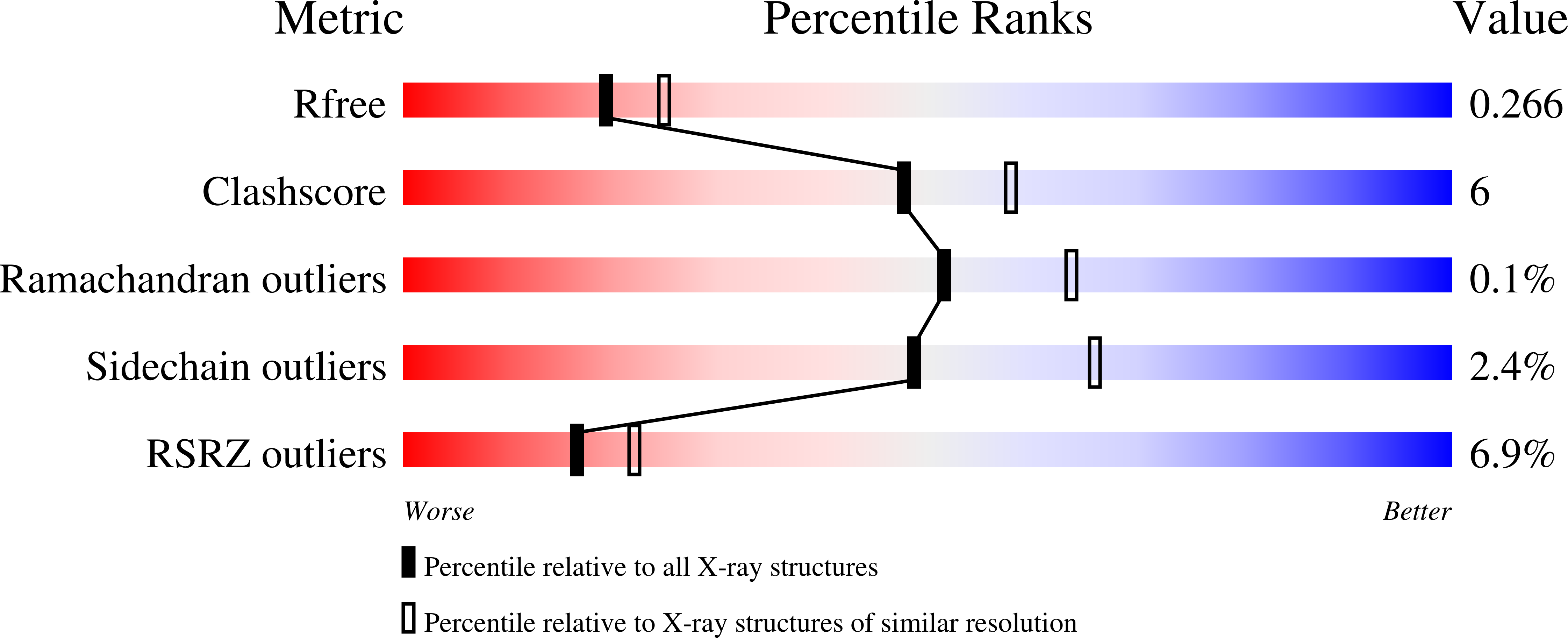
Deposition Date
2023-10-24
Release Date
2024-07-31
Last Version Date
2024-11-13
Method Details:
Experimental Method:
Resolution:
2.30 Å
R-Value Free:
0.26
R-Value Work:
0.21
R-Value Observed:
0.21
Space Group:
P 1 21 1


